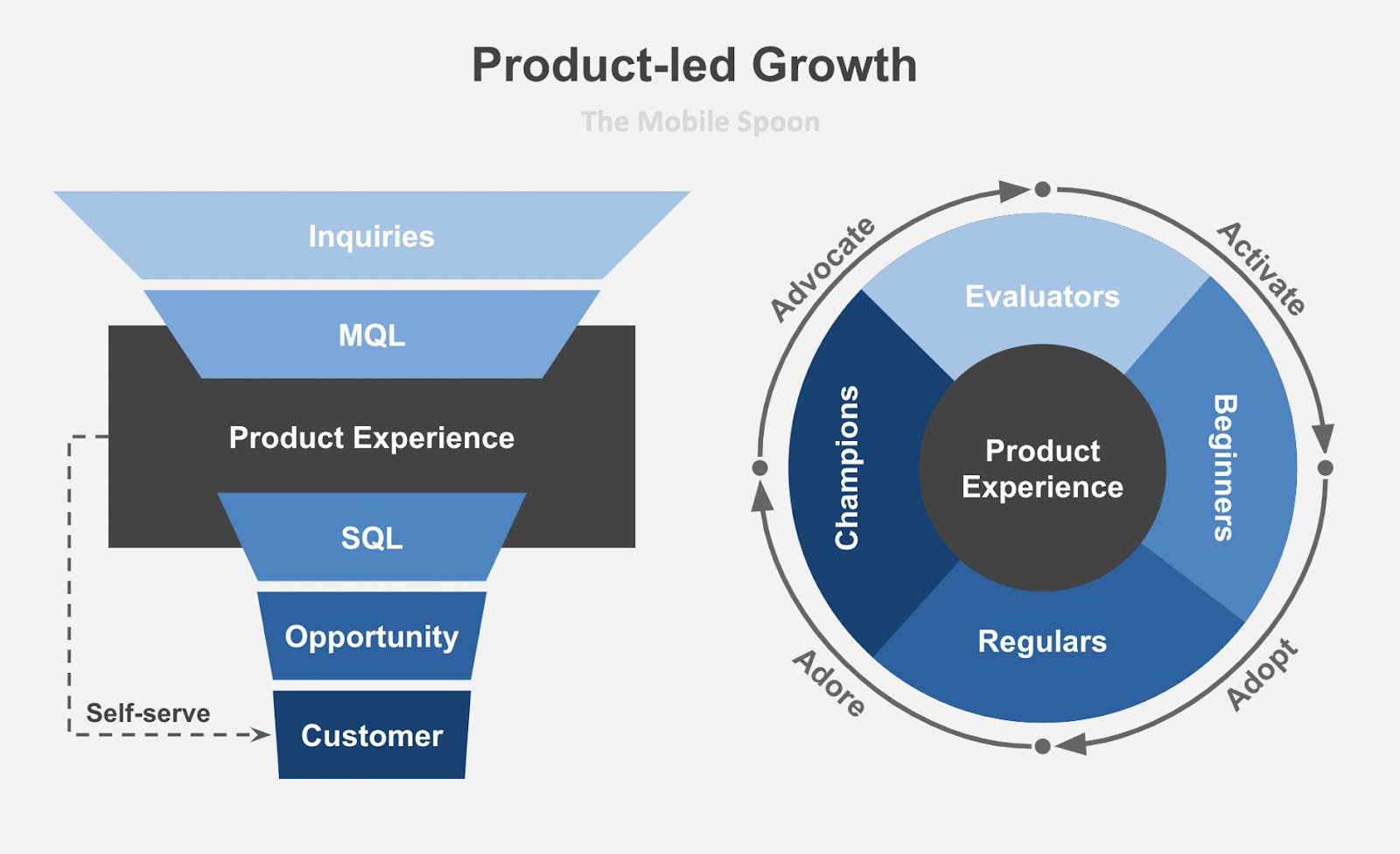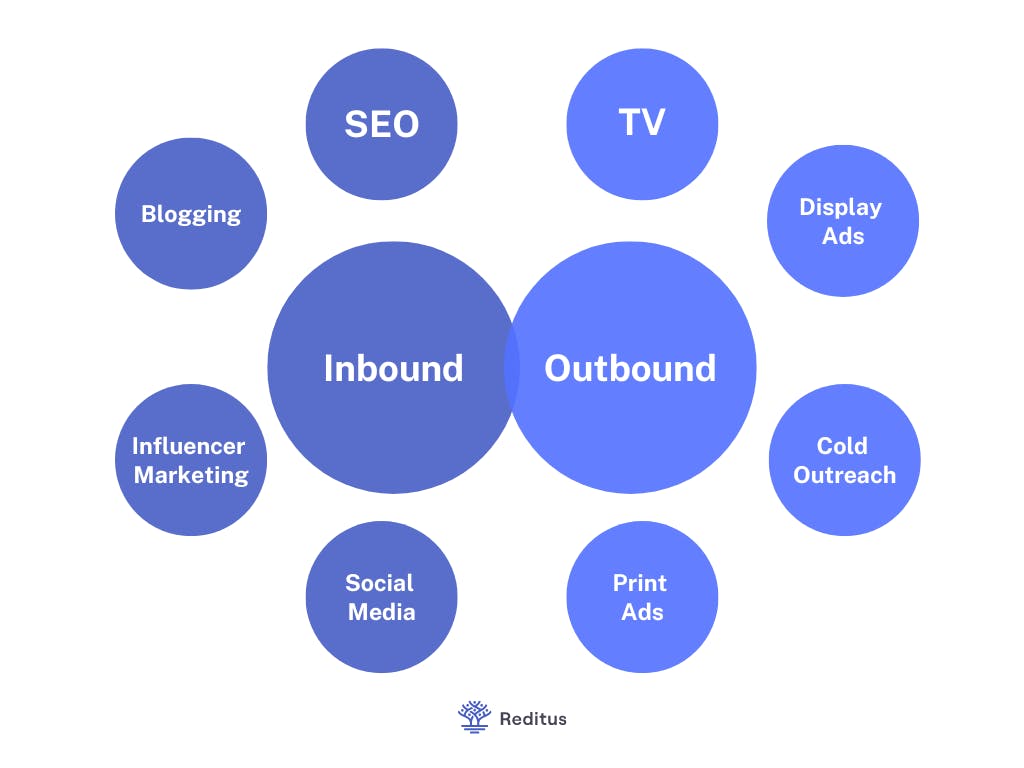SaaS Growth 101: Building a Self-Proliferating Growth Machine

To achieve sustainable SaaS growth, you need a system, a set of activities you can rely on to bring in new customers consistently. This is what we call a "growth machine."
A well-oiled growth machine takes some guesswork out of growing a SaaS business. It is a systematized way to attract, engage, and convert new users into paying customers.
While there is no one-size-fits-all solution for building a growth machine, there are certain best practices that all successful SaaS startups should follow. This article will share some of the most critical aspects of building a growth machine for your SaaS startup.
Table of contents
What Is a Growth Machine?
The term "growth machine" might sound a bit daunting at first, but it simply refers to a systematized approach to growth.
Product-led growth, for example, is a type of growth machine. In this model, the product is the primary driver of growth. The focus is on building a great product that customers will love and want to tell their friends about.

Another common type of growth machine is the marketing-led growth model. In this case, the focus is on generating demand for the product through marketing and advertising efforts.
There are many different moving parts to a growth machine, but they can generally be divided into three categories:
- Attracting new users: This is all about getting your product in front of potential customers who are not already familiar with it. You can do this through various marketing and advertising channels, such as search engine optimization (SEO), content marketing, paid advertising, and social media.
- Engaging users: Once you have attracted new users to your product, the next step is to engage them and get them to stick around. This involves providing a great user experience, delivering value, and building customer relationships.
- Converting users: The final step is to convert your engaged users into paying customers. This usually happens through some pricing or subscription plan.
It's important to note that a growth machine is not something you can just set and forget. It needs to be constantly tweaked and optimized based on data and feedback.
What works today might not work tomorrow, so you must be prepared to experiment and iterate on your growth strategy regularly.
The Five Key Components of a Growth Machine
Now that we have a better understanding of a growth machine, let's look at some of the most critical components of building one.
1. A Lead Generation Strategy
Developing a lead generation strategy is the first step to building a growth machine. This is all about getting your product in front of potential customers who are not already familiar with it.
There are many different ways to generate leads, but some of the most common methods include:
- Search engine optimization (SEO): This is the process of optimizing your website and content to rank higher in search engine results pages (SERPs).
- Content marketing: This involves creating and distributing valuable, relevant, and engaging content to attract and retain customers.
- Paid advertising: This is a paid form of marketing where you use various platforms, such as Google AdWords, to display ads for your product.
- Social media: This refers to using social media platforms, such as Facebook, Twitter, and LinkedIn, to connect with potential customers.

2. A Conversion Optimization Strategy
Once you have attracted new users to your product, the next step is to convert them into paying customers. This is where a conversion optimization strategy comes in.
Conversion optimization is about making it as easy as possible for users to take the desired action, whether signing up for a free trial, subscribing to a paid plan, or making a purchase.
Many factors, such as website design, copywriting, pricing, and user experience, can affect conversion rates. The key is constantly testing different variations of your product and website to see what works best.
3. A Customer Retention Strategy
Attracting new users is essential, but it's just one part of the equation. It would be best if you also focused on retaining your existing customers.
Customer retention is about keeping your customers happy and engaged with your product. You can do this through various methods, such as providing excellent customer service, offering value-added features, and staying in touch with customers regularly.
For example, you could send monthly newsletters, run customer satisfaction surveys, or offer loyalty programs. The key is finding what works best for your business and customers.
4. A Revenue Generation Strategy
A growth machine is not complete without a revenue generation strategy. This is how you make money from your growth machine.
There are many ways to generate revenue, but the most common method is through some form of pricing or subscription plan. This could involve charging users per month, offering a free trial with paid plans, or selling add-ons and upgrades.
The key is to find a pricing model that works for your business and your customers. You also need to ensure that your pricing aligns with your overall growth strategy.
For example, if you're focused on acquiring new customers, you might want to consider a freemium pricing model. Or, if you're focused on growing revenue from existing customers, you might want to consider a subscription-based pricing model.
Once you have a revenue generation strategy, it's time to start thinking about how you can scale it. This is where things like automation and optimization come into play.
5. Automation and Optimization
The final piece of the puzzle is automation and optimization. This will allow you to scale your growth machine to new heights.
There are several different ways to automate and optimize your growth machine.
The most common method is through some form of marketing automation. This could involve using a tool like HubSpot or Pardot to automate your marketing campaigns or setting up automatic A/B testing to optimize your conversion rates.
Another way to automate and optimize your growth machine is through sales automation. This could involve setting up a system to follow up with leads automatically or using a tool like Salesforce to manage your sales pipeline.
Finally, you can also automate and optimize your growth machine by using data analytics. This could involve setting up dashboards to track your key metrics or using a tool like Google Analytics to track your website traffic.
The key is to find the right combination of automation and optimization techniques that work for your business. There is no one-size-fits-all solution, so you'll need to experiment and see what works best.
How to Build a Growth Machine For Your SaaS Company
SaaS models are streamlined and efficient by design. Once a company has created its initial product, it can quickly onboard new customers and scale up to provide valuable services to a massive global audience.
How can you harness the efficiency of a SaaS model in your own business, whether you're a startup or an established enterprise?
Defining Your Core User Experience
The user experience (UX) is the foundation of every SaaS product. It's the first interaction that your customers have with your business and determines whether they'll stay subscribed to your product or quickly churn.
A great SaaS product begins by defining your core user experience — your customers' interaction before, during, and after the subscription.
For instance, a customer signing up for a subscription to a video streaming service like Netflix would have a different UX than a customer signing up for an enterprise software like Salesforce.
Netflix's UX might focus on simplicity and ease of use, while Salesforce's UX might focus on features and customization.
Once you've defined your core UX, you need to ensure that it aligns with your business goals.
For example, if your goal is to acquire new customers, your UX should focus on conversion rates. If your goal is to increase customer lifetime value, your UX should focus on engagement and retention.
Track Your User Engagement Metrics
Defining your core user experience is tracking your user engagement metrics and making improvements based on your learning. When it comes to user engagement, it's essential to keep track of the following metrics:
- Active users: The number of people who are actively using your product on a daily or weekly basis.
- Churn rate: The percentage of people canceling or not renewing their subscriptions.
- Retention rate: The percentage of people continuing to use your product after the initial trial period.
- Engagement rate: The percentage of people who are actively using your product on a daily or weekly basis.
- Conversion rate: The percentage of people signing up for your product.
You can use a tool like Mixpanel or Google Analytics to track these metrics.
Define Which Events Trigger Growth Actions
When tracking user engagement metrics, you'll likely notice that some events lead to high retention rates while others lead to high churn rates.
By keeping track of the events in your product, you can identify the most critical events your customers are experiencing. These events should trigger growth actions like cross-sells, upsells, and free bonuses.
Once you've identified these events, you can create automated emails triggered when a customer experiences one of them and drives them towards the desired action.
Of course, this is just one example of how you can automate your growth actions. There are a variety of other techniques that you can use, such as push notifications, in-app messages, and targeted ads.
Some companies even go so far as to create entire growth departments that are focused on nothing but acquisition, engagement, and retention. This can be a great way to scale your growth efforts if you have the resources.
Experiment Until You Find What Works
The key to building a successful self-proliferating growth machine is experimentation. There's no one-size-fits-all solution for every business — you need to find what works for your specific business and customer base.
The best way to do this is to run growth experiments. Set up a hypothesis, test it out, and see what happens. If the experiment is successful, roll it out to your customer base. If it's not successful, then move on to the next experiment.
It's essential to keep in mind that growth experiments can take a long time to run. They might not show results for months or even years. But if you're patient and you keep running experiments, eventually, you'll find something that works.
Ready to Grow Your SaaS?
SaaS models are highly efficient and scalable. They allow companies to onboard new customers at a rapid rate and retain those customers for years to come.
For your business to benefit from the SaaS model's unique advantages, you must first identify which elements of the model make it so successful.
Once you know what makes SaaS unique, you can apply those elements to your business model to accelerate its growth.

